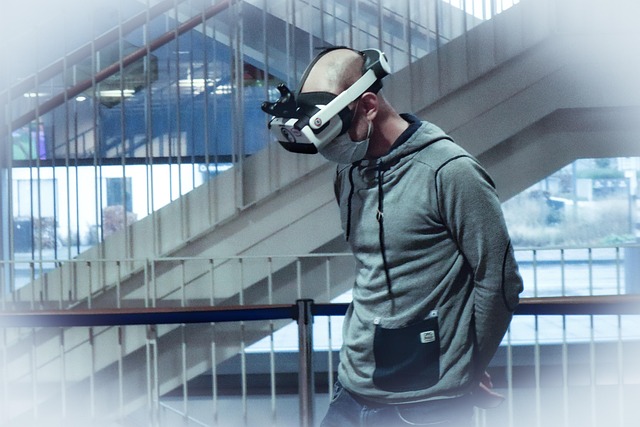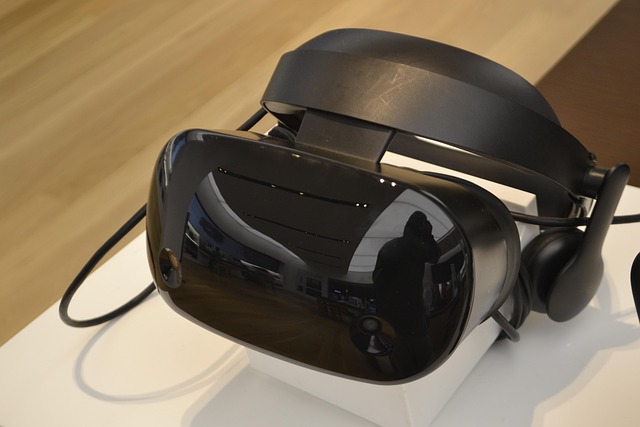Step Into New Worlds: The Power of VR Architecture in Gaming
Gaming has always been a portal to fantastic worlds, but the rise of VR architecture is reshaping that experience in astonishing ways. Imagine not just seeing, but truly inhabiting spaces crafted with meticulous detail—where every corner, light beam, and texture is designed to pull you deeper into the story. This is the magic of virtual reality combined with architectural design, creating environments that feel alive and tangible.
When you slip on a VR headset, you’re no longer a distant observer; you’re transported into the heart of the game’s world. The architecture is not just a backdrop; it becomes a character itself—shaping your journey, evoking emotion, and heightening immersion. Unlike traditional gaming environments, VR architecture harnesses spatial awareness and scale, allowing you to perceive your surroundings as you would in the real world.
Think about wandering through a futuristically sleek city with towering skyscrapers that stretch into the clouds or exploring ancient ruins that echo with history. VR architecture in gaming is about merging artistry, technology, and storytelling to create spaces where fantasies become tangible. You might find yourself pausing to admire a detailed mosaic on a cathedral wall or feeling the oppressive claustrophobia inside a tight, dimly lit corridor—all these elements profoundly affect how you experience a game.
What makes this especially exciting for gaming enthusiasts is how it transforms gameplay mechanics. Navigating environments designed with VR principles requires an intuitive understanding of space, encouraging exploration and interaction in ways flat screens never could. Suddenly, puzzles aren’t just visual riddles; they involve your perception of height, distance, and even sound reverberation within digital halls.
For developers, integrating VR architecture means rethinking design from the ground up. It’s not enough to build something visually appealing; it must be comfortable and logical for players to inhabit. Ensuring smooth movement, avoiding motion sickness, and enhancing realism all converge in this creative process, often pushing the boundaries of what technology and art can achieve together.
From multiplayer battle arenas modeled as sprawling castles to serene nature retreats designed as meditative escapes, VR architecture is expanding the horizons of gaming worlds. As players, it’s thrilling to witness and participate in this evolution, where environment design no longer just supports the game but becomes an essential thread in the narrative fabric.
In embracing VR architecture, gaming is breaking free from conventional limits—inviting us to explore, feel, and connect with virtual spaces like never before. So, next time you grab your VR gear, get ready to not only play the game but to live inside it.




